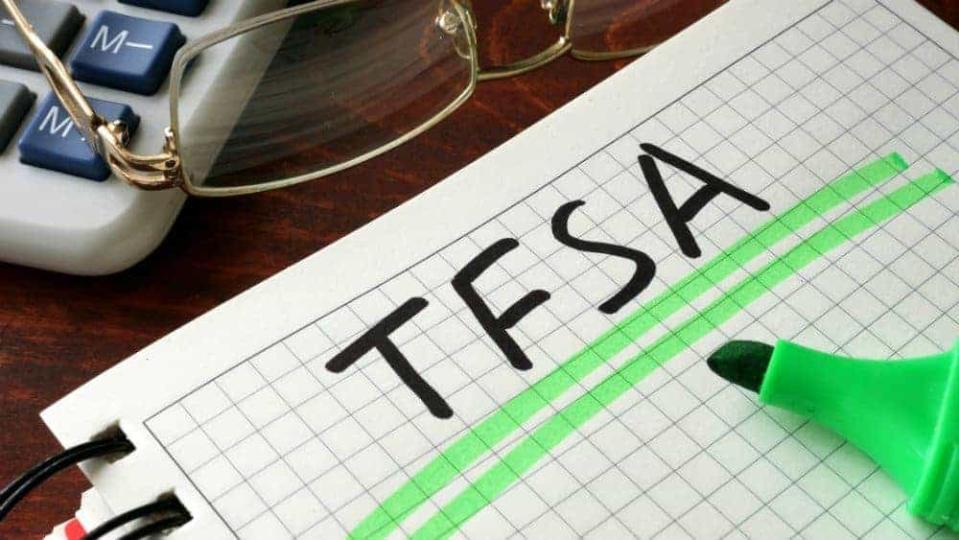TFSA 2020 Contribution Limit: How to Turn $6,000 Into $64,000

The Canadian government just announced the annual TFSA contribution limit for 2020 will be $6,000.
The TFSA was launched in 2009 as a tool to help Canadians save money for a wide variety of financial goals. Inside the TFSA, any interest, dividends, or capital gains that are generated on investments are tax-free.
This makes the TFSA a great vehicle for setting cash aside for big projects, such as a downpayment on a house, or to build a self-directed retirement fund.
Investors who think they will need the cash in the next couple of years should probably put the money in GICs or other short-term fixed-income products. The return isn’t great, but you protect the full value of the investment. In this case, the TFSA is essentially just a holding tank for your funds.
In cases where investors plan to keep the funds in the TFSA for decades, a better approach might be to buy quality dividend stocks and use the distributions to acquire more shares. This strategy takes advantage of a powerful compounding process that can turn small initial investments into large savings funds over time.
When you decide to remove the money, all of the gains are yours to keep. This is where the TFSA differs from the RRSP. Contributions placed in RRSP accounts can be used to reduce taxable income now, but the withdrawals are taxed.
Which stocks should you buy?
The best companies tend to have proven track records of dividend growth supported by rising revenue and higher earnings. Let’s take a look at two stocks that might be interesting TFSA picks.
TD
Toronto Dominion Bank (TSX:TD)(NYSE:TD) is known as a giant in the Canadian banking industry, but it also has a large U.S. presence. TD’s U.S. operations give investors a great opportunity to get exposure to the U.S. economy through a Canadian stock.
TD is very profitable and does a good job of returning earnings to shareholders through buybacks and higher dividends. The board has raised the dividend by a compound annual rate of about 11% over the past 20 years. Investors should see the payout continue to grow in line with expected annual earnings-per-share increases of 7% to 10%.
The existing dividend provides a yield of 3.8%.
A $3,000 investment in TD two decades ago would be worth about $25,000 today with the dividends reinvested.
Fortis
Fortis is a utility company with more that $50 billion in assets located in Canada, the U.S., and the Caribbean. The businesses include natural gas distribution, power generation, and electric transmission companies.
Dividend investors are attracted to the reliable revenue stream. Fortis gets most of its cash flow from regulated assets, meaning pricing and profits are normally predictable.
The board has raised the dividend every year for more than four decades. The current distribution provides a yield of 3.7%.
A $3,000 investment in Fortis 20 years ago would be worth $39,000 today with the dividends reinvested.
The bottom line
A $6,000 investment equally split between TD and Fortis just 20 years would now be worth $64,000. As you can see, it doesn’t take much money to build a significant fund when you buy the right stocks.
There is no guarantee these two companies will perform the same in the next two decades, but both should continue to be solid picks for a balanced TFSA portfolio focused on dividends.
More reading
Canada Revenue Agency: 33% of Canadians Are Making This Huge TFSA Mistake
TFSA Pension: How Retirees Can Earn $312 Per Month Tax-Free and Protect OAS Payments
Canada Revenue Agency: 1 Big TFSA Mistake Can Land You in Hot Water
Fool contributor Andrew Walker has no position in any stock mentioned.
The Motley Fool’s purpose is to help the world invest, better. Click here now for your free subscription to Take Stock, The Motley Fool Canada’s free investing newsletter. Packed with stock ideas and investing advice, it is essential reading for anyone looking to build and grow their wealth in the years ahead. Motley Fool Canada 2019

 Yahoo Finance
Yahoo Finance 